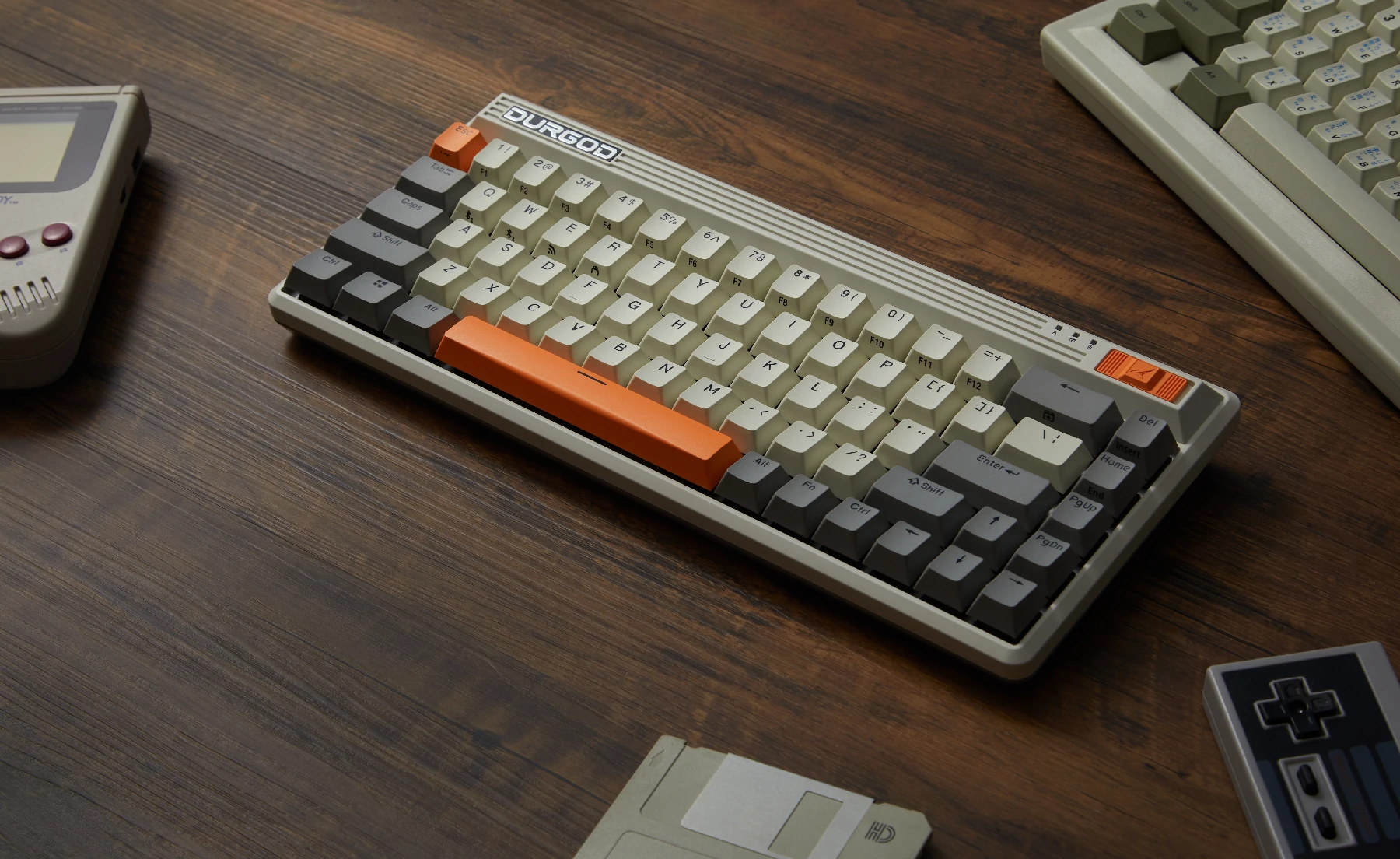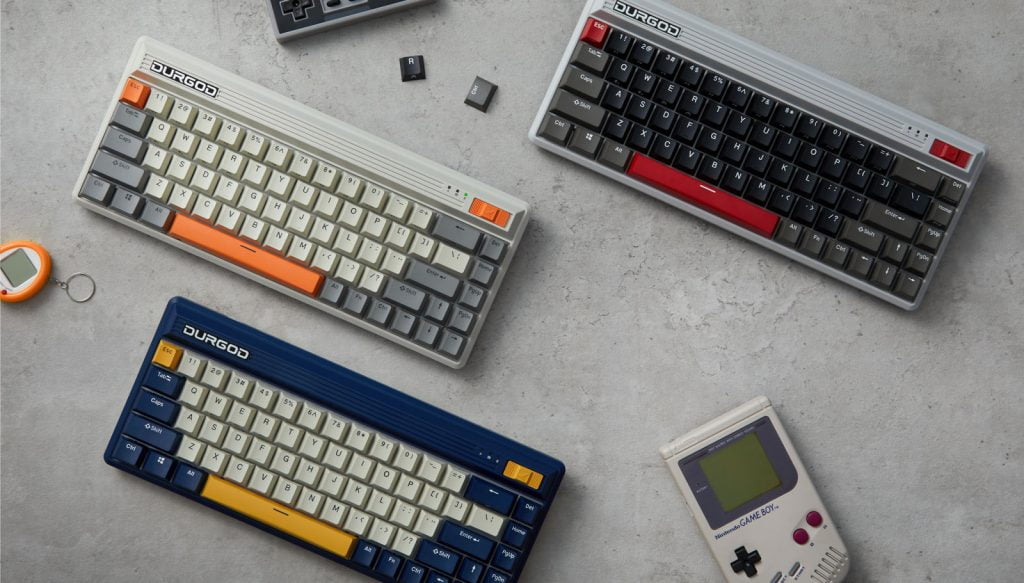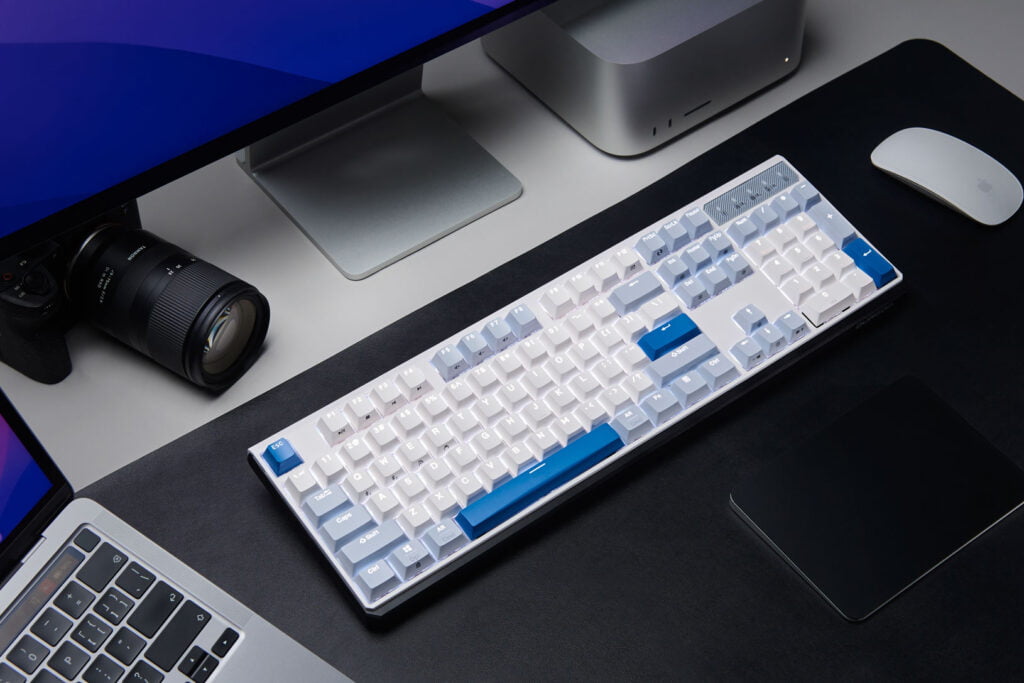Wireless gaming peripherals, such as keyboards, mice, and headsets, offer the convenience of cable-free gaming. However, one of the primary concerns for gamers is latency. Latency, or lag, can negatively affect gaming performance, especially in competitive scenarios. Here are some effective strategies to reduce latency in wireless gaming peripherals.
1. Choose High-Quality Hardware
Investing in high-quality gaming peripherals is the first step. Brands like DURGOD offer advanced wireless technologies that minimize latency. Look for peripherals that support low-latency wireless protocols, such as Bluetooth 5.0 or proprietary 2.4 GHz connections, which are known for faster response times and more stable connections.
2. Optimize Wireless Signal
Interference from other wireless devices can cause latency. To optimize your wireless signal:
- Position the Receiver Properly: Place the wireless receiver as close to the peripheral as possible. Use a USB extension cable if needed to ensure a clear line of sight.
- Minimize Interference: Keep other wireless devices, such as routers and phones, away from your gaming setup to reduce signal interference.
3. Update Firmware and Drivers
Manufacturers regularly release firmware and driver updates to improve performance and reduce latency. Check for updates on the manufacturer’s website or use their proprietary software to ensure your devices are running the latest versions. For DURGOD products, you can find updates at DURGOD.
4. Reduce Polling Rate
The polling rate is how often your peripheral reports its position to the computer. While a higher polling rate can mean faster response times, it can also introduce latency if the system is overloaded. Experiment with different polling rates to find the optimal balance for your setup.
5. Maintain a Clean Gaming Environment
Dust and debris can affect the performance of wireless devices. Regularly clean your gaming peripherals and ensure there are no obstructions between the device and the receiver. This simple maintenance can help maintain a strong and reliable connection.
6. Use Wired Mode
Many wireless gaming peripherals come with the option to switch to a wired connection. If you experience significant latency, switching to wired mode can eliminate wireless lag entirely. This hybrid approach ensures you have the flexibility of wireless when needed, with the reliability of wired when performance is crucial.
Conclusion
Reducing latency in wireless gaming peripherals involves a combination of high-quality hardware, proper setup, regular updates, and maintenance. By following these tips, you can enjoy the freedom of wireless gaming without compromising on performance. For more tips and high-quality gaming peripherals, visit DURGOD.





